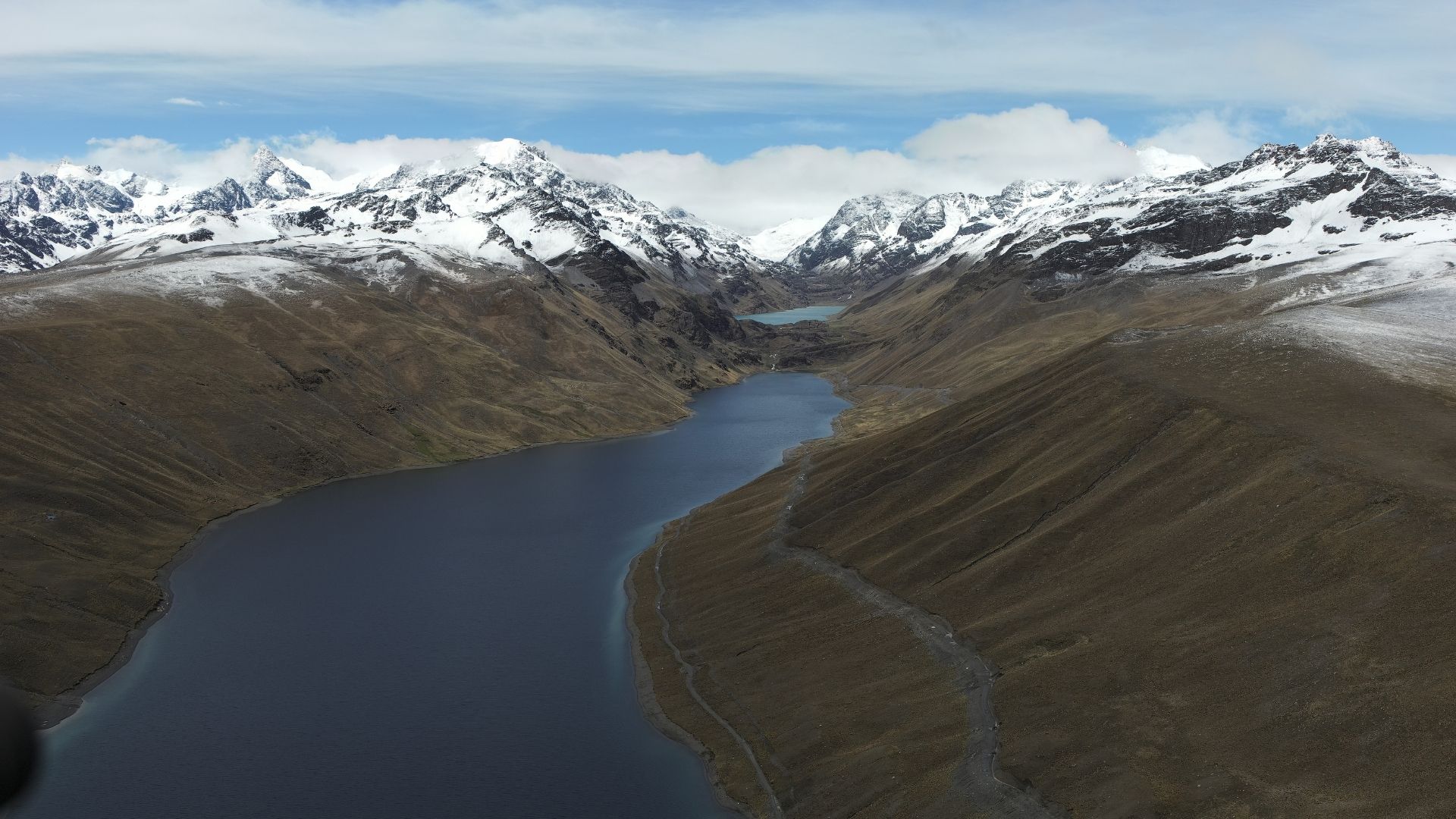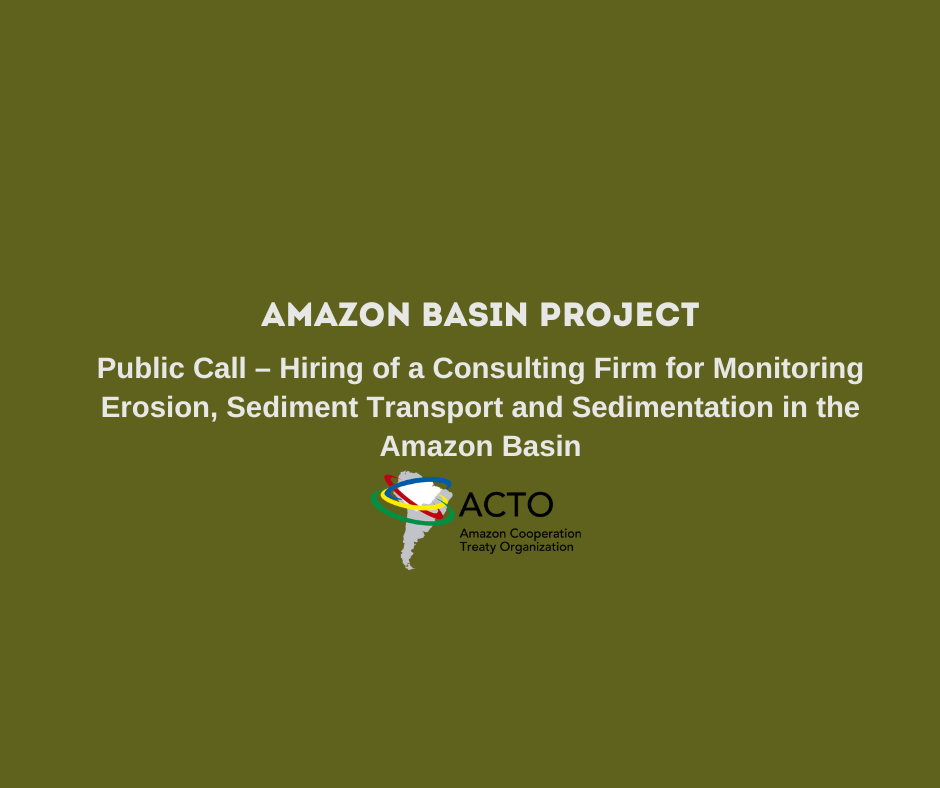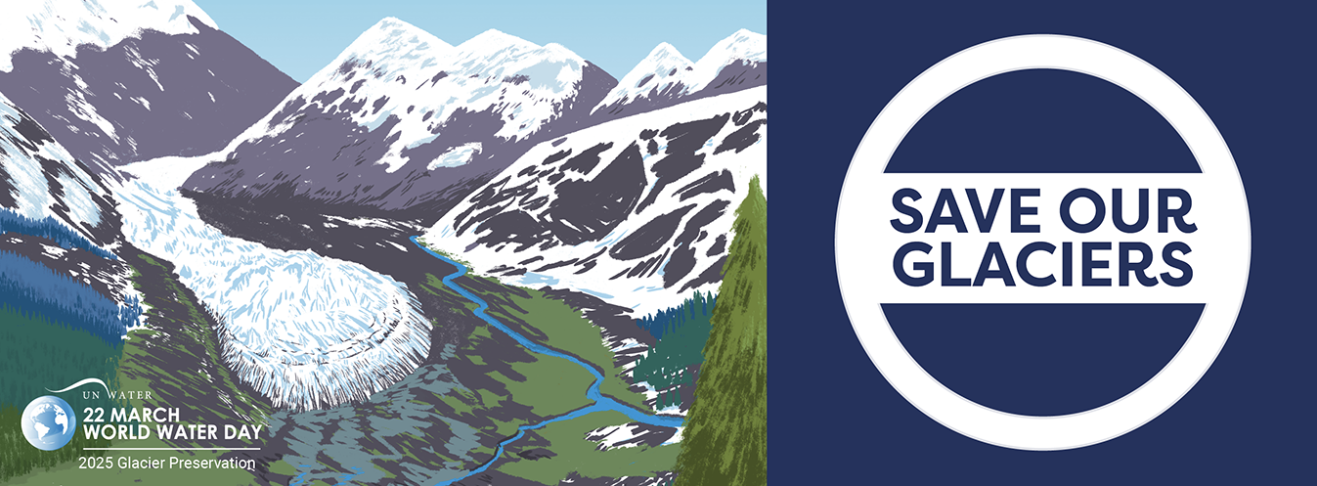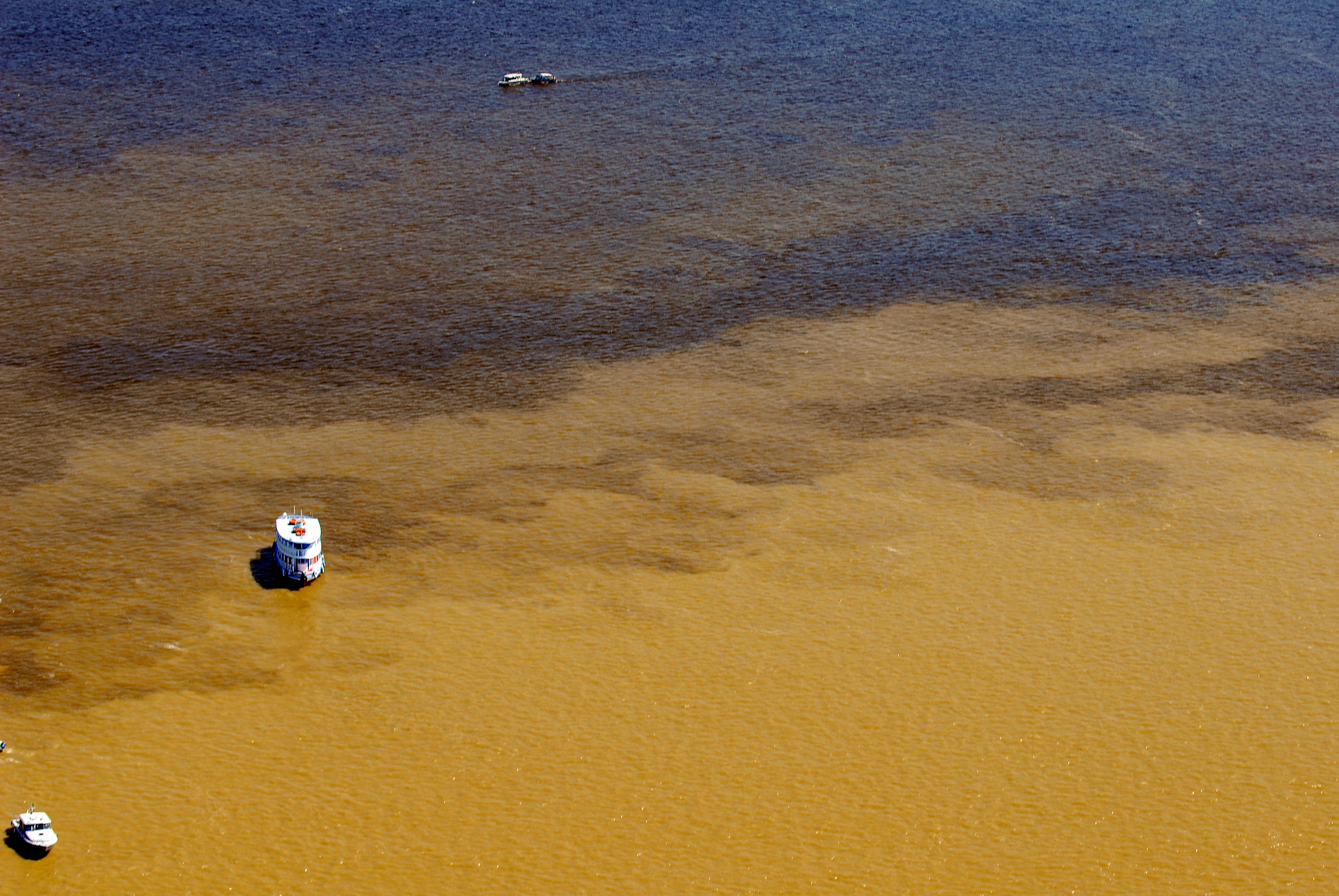The Bolivian government and the University of San Andrés, together with the Amazon Cooperation Treaty Organization (ACTO), are developing, within the framework of the Amazon Basin Project (ACTO/UNEP/GEF), the Water Security intervention in the cities of La Paz and El Alto through the efficient use of glacier water resources, in order to offer alternative water supplies to the Andean communities and the two urban centers that depend on tropical glaciers.
According to official data, the loss of glacier cover in Bolivia has been between 37% and 42% over the last 30 years. This decline is especially critical for the cities of La Paz and El Alto, which depend on glaciers for their water supply. The population of 2.6 million people in the two twinned urban centers, which will benefit from the intervention, is suffering from a reduction in the supply of water for consumption and agricultural and livestock activities.
The intervention will also benefit the Choqueyapu, Orkojahuira, Irpavi and Palcoma Amazonian micro-basins, which have been directly affected by the retreat of the glaciers, reducing water resources and altering hydrological regimes, among other important impacts, since the headwaters of many of the Amazonian rivers are located in the Andes. The importance attributed by the Andean-Amazon countries to the water cycle of the rivers that originate in the Andean region and form the Amazon basin was highlighted in the Belem Declaration, a document signed during the Amazon Summit in August.
The activities of the intervention project are being implemented by the Institute of Hydraulics and Hydrology (IHH) of the University of San Andrés, in coordination with the Bolivian Ministry of Foreign Affairs and the Ministry of Environment and Water (MMAyA).


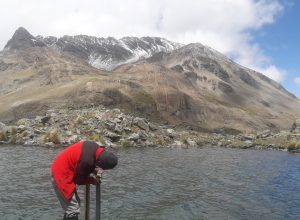
According to the project’s national coordinator, José Luis Montaño, a research professor at the IHH, the proposals for the efficient use of glacial water resources will be included in the Water Resources Management Model, to be presented in 2025 as a result of the intervention.
“Among the actions we are already proposing to improve water supply are structural measures such as reducing losses and leaks in the network, implementing Sustainable Urban Drainage Systems (SUDS) for urban water use and building rainwater tanks and alternative uses. We also intend to propose a program to promote the collection of rainwater in homes,” said Montaño.
Since the start of the project’s activities in October 2022, monitoring equipment has been acquired to provide meteorological, hydrometric, glacier melt and water balance data, that is present and future water supply and demand.
The hydrometeorological and hydrometric data will be scrubbed and processed in a database that will be continuously fed by the monitoring system to be installed by the intervention. This will be used to generate a water management model for all the basins involved, taking into account climate variability and change. The sensors that will be placed at the outlet of the glacier basins will make it possible to develop a hydrological model of the glaciers and calculate the mass balance of each glacier.
The scope, objectives and next steps of the intervention were shared with academics and representatives of governmental and non-governmental institutions and communities in the region at an initial workshop held in La Paz.
